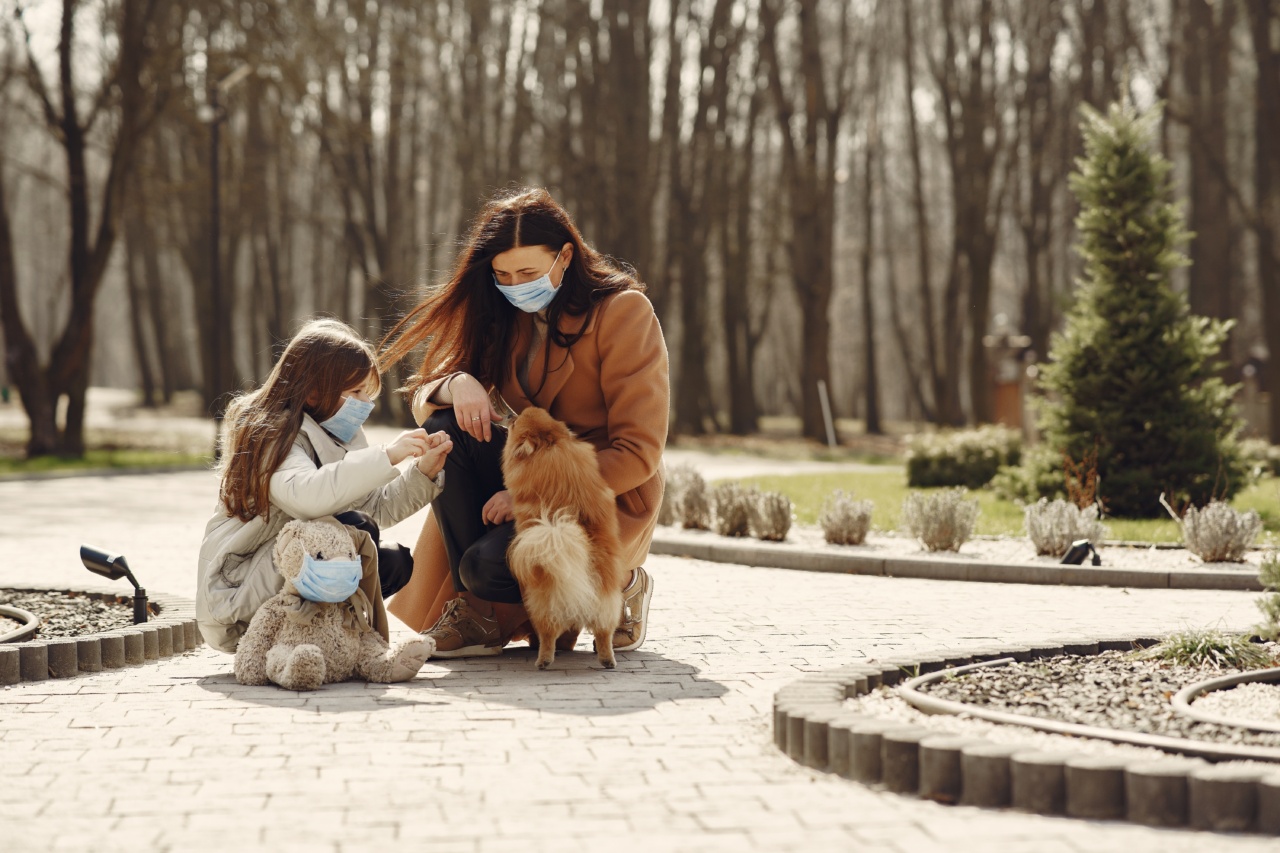Dogs are often referred to as man’s best friend, and for many families, they are also cherished members of the household. However, it is important to remember that dogs are animals with their own instincts and ways of communication.
Understanding dog body language can be crucial in ensuring the safety of your child and preventing any potential incidents or accidents. By learning to interpret the signals that dogs give, you can create a safer environment for both your child and your beloved furry friend.
1. Tail Position
The position of a dog’s tail can tell you a lot about their current emotional state. When a dog holds its tail high, it is often a sign of confidence and alertness.
On the other hand, a tucked tail or a tail held low between the legs may indicate fear, anxiety, or submission. It is essential to teach your child to respect a dog’s boundaries when its tail is low or tucked, as this could be a sign that the dog is feeling uncomfortable or threatened.
2. Ear Position
Dog’s ears can provide valuable insights into their mood and intentions. When a dog’s ears are relaxed and in their natural position, it generally indicates that the dog is calm and friendly.
However, if a dog’s ears are pulled back or flattened against their head, it could be a sign of fear, anxiety, or aggression. Teach your child to recognize these cues and to approach dogs with caution when their ears are not in a relaxed position.
3. Eye Contact
Eye contact is a form of communication among dogs and humans alike. While direct eye contact between dogs can be seen as a challenge or threat, it can have different meanings when it comes to dogs and children.
Dogs may interpret prolonged eye contact from a child as intimidating or confrontational, which could lead to negative reactions. Encourage your child to avoid sustained eye contact with unfamiliar dogs and to approach them calmly and respectfully.
4. Body Stiffness
A dog’s body posture can provide valuable clues about its emotional state. When a dog is alert and comfortable, its body will be relaxed, with no signs of tension or stiffness.
However, if a dog’s body appears rigid or stiff, it may be a sign of anxiety, fear, or aggression. It is important to teach your child to recognize these signs and to give the dog space when it exhibits such body language.
5. Growling and Barking
Growling and barking are vocal cues that dogs use to communicate. While they may seem aggressive or hostile, they are often a dog’s way of expressing discomfort or a warning sign.
Teach your child to recognize growling or barking as signs to back away and give the dog space. Encourage your child to report any incidents of growling or barking to an adult to ensure their safety.
6. Licking and Yawning
Contrary to popular belief, dogs do not always lick and yawn as signs of affection or tiredness. In certain situations, licking and yawning can be signs of stress, anxiety, or even fear.
If a dog licks its lips excessively or yawns frequently in the presence of your child, it is important to monitor the situation closely and ensure that your child does not engage in any behavior that may further stress the dog.
7. Hackles Raised
The hackles on a dog’s back are the hairs that run from the neck to the tail. When a dog’s hackles are raised or bristled, it is often an indication that the dog is feeling threatened, fearful, or agitated.
Teach your child to recognize this body language and to give the dog space and time to calm down safely.
8. Tail Wagging
While wagging tails are often associated with happiness and friendliness, it is essential to understand that not all tail wags are the same. A loose and relaxed wag is generally a sign of a friendly and approachable dog.
However, a stiff or fast wag can indicate excitement, tension, or even aggression. Make sure your child understands that they should not approach a dog solely based on its wagging tail and to look for other signs of comfort and relaxation.
9. Overall Body Posture
When evaluating a dog’s body language, it is crucial to consider its overall posture. A relaxed and open body posture with a wagging tail is typically a positive indication.
On the other hand, a cowering or hunched posture, raised hackles, or a tense expression may suggest fear, aggression, or stress. Teach your child to be aware of these cues and to avoid approaching a dog that appears tense or uncomfortable.
10. Seeking Professional Help
If you have concerns or doubts about a dog’s behavior or body language, it is always advisable to consult a professional dog trainer or behaviorist.
They can assess the situation, provide guidance, and help you create a safe environment for your child. Additionally, it is crucial to remember that no matter how well-behaved a dog may seem, never leave young children unsupervised with any dog, as accidents can still occur.






























